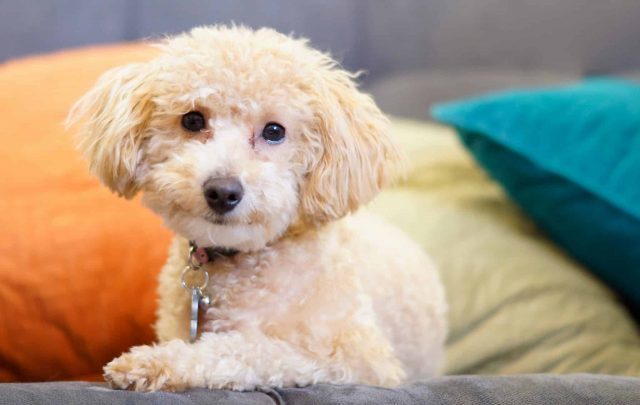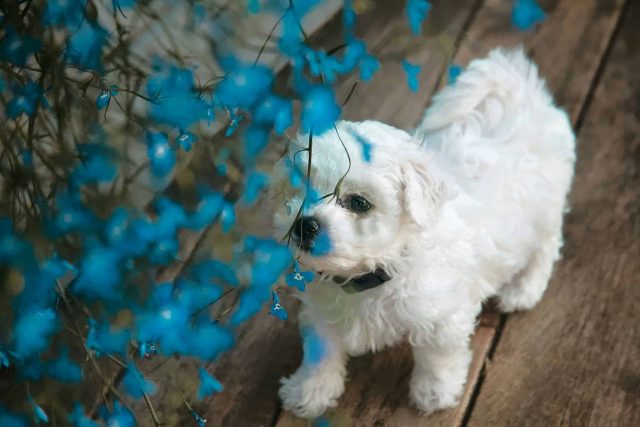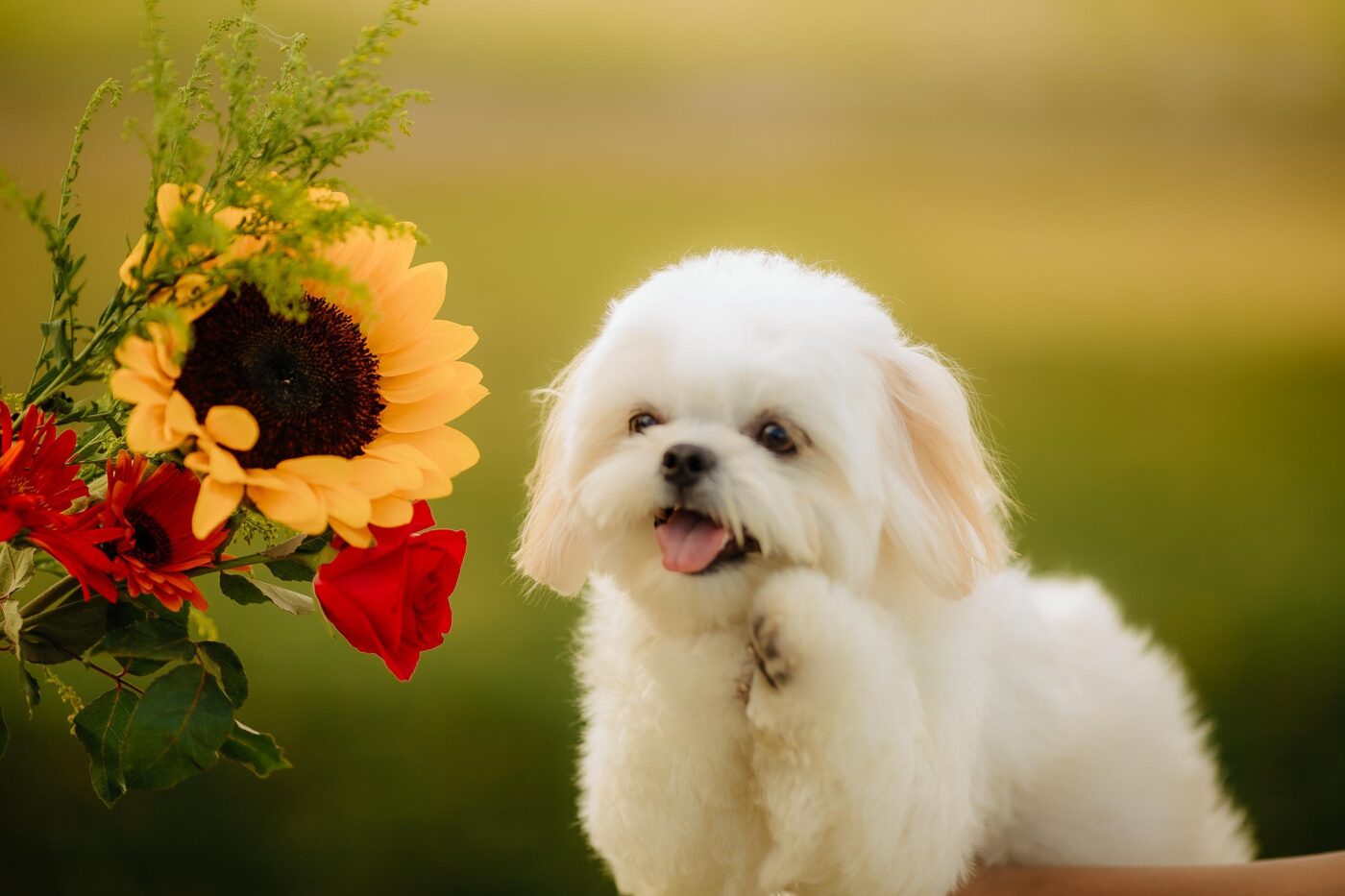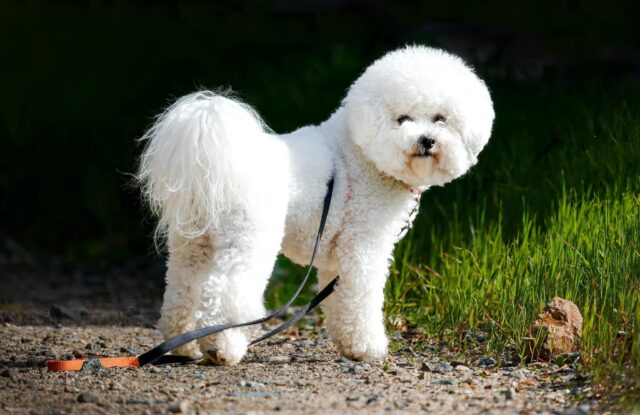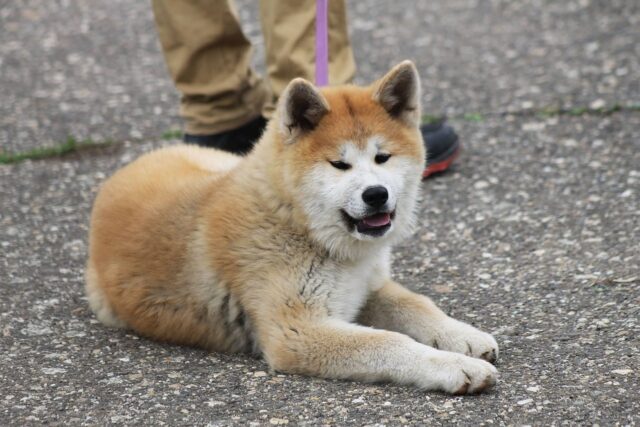When Does a Vizsla Reach Old Age?

Vizslas, often referred to as the “Velcro dogs” due to their affectionate nature and tendency to stick close to their owners, are a breed full of energy, elegance, and charm. With their sleek, rust-colored coats and expressive eyes, Vizslas are not only beautiful but also athletic and agile. Bred in Hungary as hunting dogs, they have an instinct for pointing and retrieving, making them excellent companions for active families. These dogs are known for their boundless energy, loving personalities, and intelligence, always ready for a game or an adventure. However, even these dynamic dogs eventually start to slow down as they reach their senior years. Typically, a Vizsla is considered a senior around 8 to 10 years old, although this can vary depending on their health and lifestyle. As they age, Vizslas might swap their marathon runs and endless playtime for more leisurely activities and comfortable rest. Let’s explore the different stages of a Vizsla’s life and see how these vibrant dogs age with grace, humor, and a lot of love.

1. The Puppy Phase: Little Tornadoes of Joy
In the first year of a Vizsla’s life, they are like little tornadoes, full of energy and curiosity. Vizsla puppies are known for their playful and sometimes mischievous nature, exploring everything with their noses and boundless enthusiasm. This phase is characterized by a lot of play, learning, and, of course, those irresistibly cute antics that make it hard to say no to them. Early training and socialization are crucial, as these puppies are highly intelligent and eager to please but can also be a bit stubborn. Despite their occasional mischief, they are incredibly affectionate and form strong bonds with their families. The puppy phase is a time of joy and discovery, filled with playful antics and plenty of laughter.
2. The Adolescent Years: The Energetic Teenager
From around 1 to 2 years old, Vizslas enter their adolescent phase, often characterized by an increase in energy and a touch of independence. Adolescent Vizslas are still playful and full of life, but they may also test boundaries as they explore their independence. This phase can be both challenging and entertaining, as they are highly intelligent and sometimes too clever for their good. Consistent training and plenty of physical and mental stimulation are key to channeling their energy and keeping them well-behaved. Despite their sometimes mischievous nature, they are incredibly loyal and enjoy spending time with their families. This phase is a time of growth and learning, as Vizslas develop their unique personalities and deepen their bonds with their loved ones.
3. The Prime Years: Athletic and Loyal Companions
Between 2 and 8 years old, Vizslas are in their prime. These years are characterized by a balance of energy and maturity. Vizslas in their prime are confident, and athletic, and enjoy engaging in various physical activities, from running and hiking to participating in dog sports like agility and obedience trials. They are highly intelligent and enjoy mental challenges, making them excellent candidates for advanced training and dog sports. This is also the time when their loyalty and love for their families are most evident, making them excellent companions and guardians. Despite their active nature, they are gentle and affectionate, often seeking out their humans for cuddles and companionship. The prime years are a time of adventure and bonding, with Vizslas bringing joy and a sense of excitement to every activity.
4. The Middle Ages: A Gentle Slowdown
Around 8 to 10 years old, Vizslas start to enter their middle-aged years. During this time, they may begin to slow down slightly, preferring more moderate activities over the intense exercise they once loved. This phase often brings a more balanced and relaxed attitude, although they still enjoy walks, playtime, and mentally stimulating activities. Vizslas may start to show signs of aging, such as graying fur around the muzzle and a decrease in stamina. Despite these changes, they remain loyal and affectionate companions, enjoying the company of their families. Middle-aged Vizslas often become more content with a mix of activity and relaxation, making them perfect for active yet balanced households.
5. The Senior Years: Wise and Loving Elders
By the time Vizsla reaches 8 to 10 years old, they are generally considered seniors. This phase is marked by a noticeable reduction in energy levels and a greater appreciation for rest and comfort. Senior Vizslas may develop age-related health issues such as arthritis, hip dysplasia, or vision problems like cataracts, which can affect their mobility and overall well-being. However, their loving and loyal nature remains unchanged, and they continue to bring joy and comfort to their families. They enjoy gentler activities, like leisurely walks and plenty of cuddle time in their favorite spots. Their bond with their human companions deepens, and they often become even more affectionate and devoted as they age.
Vizslas, with their affectionate nature and boundless energy, bring joy and excitement to every stage of life. From the playful and curious puppy phase to the wise and loving senior years, these dogs are full of character, love, and a touch of humor. While they may slow down as they age, their loyalty and affection for their families never waver. Each stage offers unique experiences and memories, making life with a Vizsla a lively and heartwarming journey. Whether they’re eagerly participating in activities or enjoying a quiet day at home, Vizslas have a special way of making every moment memorable. So, cherish every stage with your Vizsla, and enjoy the endless love and joy they bring into your life, from their playful beginnings to their golden years.
Frequently Asked Questions Someone Might Have About Their Aging Vizsla

1. How can I tell if my Vizsla is entering their senior years?
Vizslas are generally considered seniors around 8 to 10 years old, although this can vary depending on individual health and genetics. Signs that your Vizsla is entering their senior years include a noticeable decrease in energy levels and a preference for more restful activities. They may become less enthusiastic about vigorous exercise and more inclined to nap or enjoy quieter activities. Physical changes such as graying fur around the muzzle, a duller coat, and a decrease in muscle tone are common indicators of aging. Additionally, they might experience stiffness or difficulty moving, especially after resting, which can indicate arthritis. Behavioral changes, such as increased anxiety, confusion, or changes in sleep patterns, may also occur. Regular veterinary check-ups are essential to monitor these changes and manage any emerging health issues, ensuring your Vizsla remains healthy and comfortable in their senior years.
2. What are common health issues in aging Vizslas?
As Vizslas age, they can become prone to several common health issues. Arthritis and joint problems are prevalent, causing pain and stiffness that can affect mobility. Hip dysplasia is another common condition in Vizslas, where the hip joint does not fit properly, leading to discomfort and difficulty moving. Additionally, Vizslas may develop vision problems, such as cataracts or progressive retinal atrophy, which can impair their sight. They are also at risk for certain cancers, heart disease, and thyroid issues like hypothyroidism. Regular veterinary care, including screenings for these conditions, is crucial for early detection and management, ensuring your Vizsla has a good quality of life in their senior years. Maintaining a healthy weight, providing proper nutrition, and ensuring regular exercise can help mitigate some of these risks.
3. How should I adjust my Vizsla’s diet as they age?
As Vizslas age, their metabolism slows down, and they may become less active, increasing the risk of weight gain. Adjusting their diet to maintain a healthy weight and support their overall health is important. Senior dog food formulas are typically lower in calories but contain higher levels of essential nutrients, such as protein and fiber, to support aging muscles and digestion. These formulas often include supplements like glucosamine and chondroitin for joint health and omega-3 fatty acids for a healthy coat and skin. It’s also beneficial to feed smaller, more frequent meals to aid digestion and prevent obesity, which Vizslas can be prone to. Always ensure your dog has access to fresh water. Consult your veterinarian to create a diet plan tailored to your dog’s specific needs, especially if they have health issues like arthritis or hypothyroidism.
4. How much exercise does an aging Vizsla need?
While aging Vizslas may not have the same energy levels as in their younger years, regular exercise is still important for maintaining their health and mobility. Aim for at least 20 to 30 minutes of light to moderate exercise daily. This can include short walks, gentle playtime, or even some indoor activities like fetching a soft toy. Exercise helps maintain a healthy weight, strengthens muscles, and supports joint health, which is particularly important for Vizslas prone to arthritis and hip dysplasia. Be mindful of their physical limitations and watch for signs of fatigue or discomfort, adjusting the intensity and duration of exercise accordingly. Avoid exercise in extreme heat, as Vizslas can overheat due to their short coats and active nature. Always consult your vet before making changes to your exercise routine, especially if they have existing health issues.
5. How can I help my Vizsla manage arthritis?
Arthritis is a common issue in aging Vizslas, causing joint pain and stiffness. To help manage arthritis, maintain a healthy weight for your dog to reduce stress on their joints. Provide a comfortable, orthopedic bed to support their joints while they rest. Regular, low-impact exercise, such as gentle walks or swimming, can help maintain mobility and muscle strength. Dietary supplements like glucosamine and chondroitin can support joint health, and omega-3 fatty acids can reduce inflammation. Your veterinarian may also recommend anti-inflammatory medications or pain relievers to manage discomfort. In some cases, physical therapy or acupuncture may be beneficial. Regular veterinary check-ups are crucial for monitoring the progression of arthritis and adjusting the treatment plan as needed.
6. Should I be concerned about my Vizsla’s dental health?
Dental health is crucial for aging Vizslas, as they are prone to dental issues such as plaque buildup, gum disease, and tooth decay. Poor dental health can lead to pain, difficulty eating, and more serious health problems like heart disease. Regular brushing with dog-specific toothpaste is the best way to maintain dental hygiene. Dental chews and toys designed to clean teeth can also help reduce plaque and tartar buildup. It’s important to schedule annual dental check-ups with your vet, who can perform professional cleanings and address any issues early on. If your Vizsla shows signs of dental problems, such as bad breath, drooling, or reluctance to eat, seek veterinary care immediately. Maintaining good dental hygiene can significantly improve their overall health and quality of life.
7. How can I keep my aging Vizsla comfortable at home?
To keep your aging Vizsla comfortable, consider making a few adjustments around the home. Provide a supportive, orthopedic bed to relieve pressure on their joints and ensure they have a warm, cozy place to rest. If your Vizsla has difficulty navigating stairs or getting onto furniture, consider using ramps or pet steps. Keep their food and water bowls at a comfortable height to reduce strain on their neck and back. Ensure their living area is free from drafts and maintains a comfortable temperature, as older dogs can be more sensitive to cold. Regular grooming, including checking for skin irritations or infections, is important to keep them comfortable. Maintaining a calm and quiet environment can help reduce anxiety and stress, especially if they have developed vision or hearing impairments.
8. What should I do if my Vizsla is losing their hearing?
If your Vizsla is experiencing hearing loss, there are several ways to help them adjust. Use hand signals or visual cues for commands, as these can be more effective than verbal ones. Ensure you approach them from the front to avoid startling them and consider using vibrations, such as gently tapping the floor or their bed, to get their attention. Creating a consistent routine can help them feel secure and reduce anxiety. Keep them on a leash when outside, as they may not hear potential dangers like approaching vehicles. At home, avoid loud noises that could startle them, and provide a safe, calm environment. Consult your vet for further advice and possible treatments, and consider using products like vibrating collars if recommended.
9. How do I manage my Vizsla’s weight as they age?
Managing your Vizsla’s weight is crucial as they age to prevent obesity and related health issues like diabetes and joint problems. Start by adjusting their diet to include fewer calories, and opt for high-quality senior dog food with balanced nutrients. Measure their food portions accurately and avoid giving them too many treats. Incorporate regular, moderate exercise into their routine to help maintain a healthy weight and muscle mass. Activities like short walks, gentle play, or even swimming are ideal, as they provide exercise without straining the joints. Regular weigh-ins and veterinary check-ups can help monitor their weight and overall health. Addressing weight management early can prevent more serious health complications and improve their quality of life in their senior years.
10. How can I mentally stimulate my aging Vizsla?
Mental stimulation is important for aging Vizslas to keep their minds sharp and prevent cognitive decline. Engage them with interactive toys, such as puzzle feeders, which can challenge their problem-solving skills and provide entertainment. Training sessions, even if it’s just reinforcing basic commands, can be mentally stimulating and help maintain their cognitive abilities. Scent games, like hiding treats for them to find, can also be enjoyable and mentally engaging. Regular socialization, whether with other dogs or new people, can provide new experiences and mental engagement. Keep activities short and positive, and tailor them to your dog’s individual needs and energy levels. Regularly rotating their toys and introducing new ones can keep their interest piqued and prevent boredom.
The post When Does a Vizsla Reach Old Age? appeared first on iHeartDogs.com.
via Whisker Therapy




